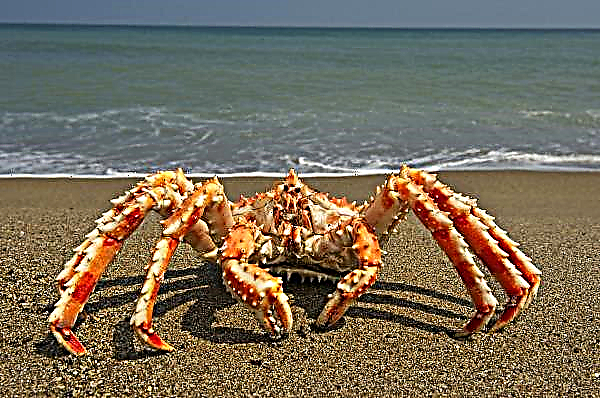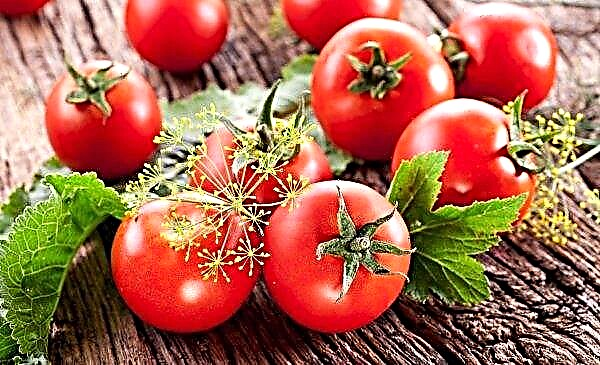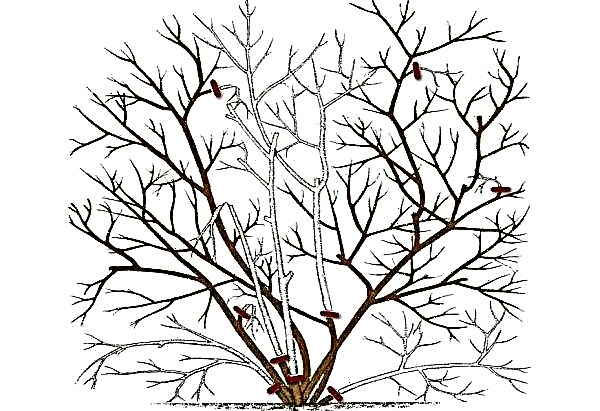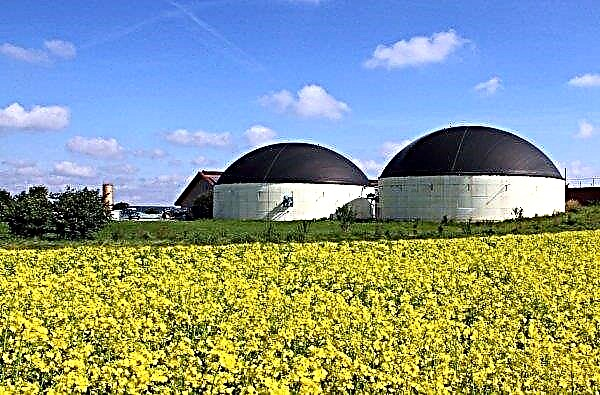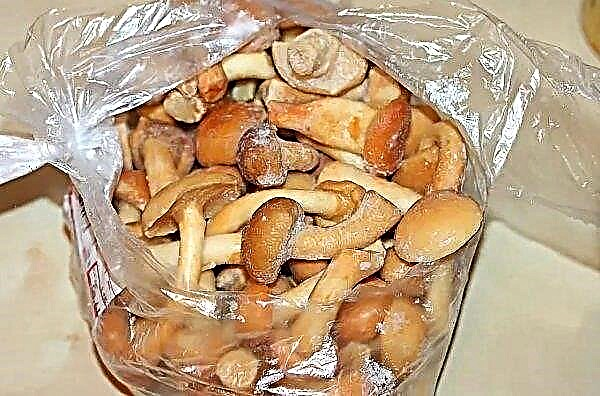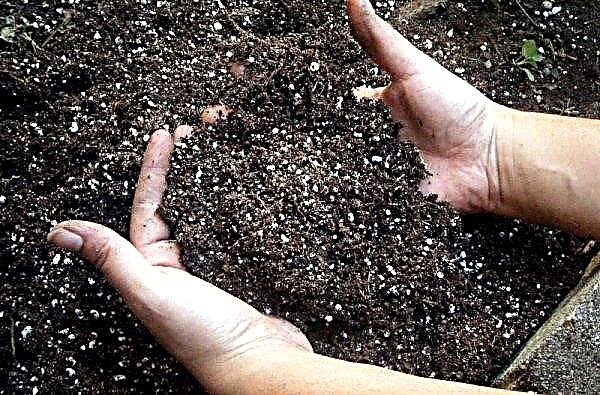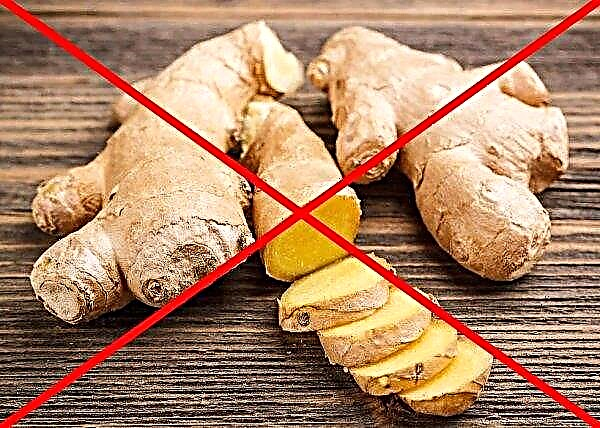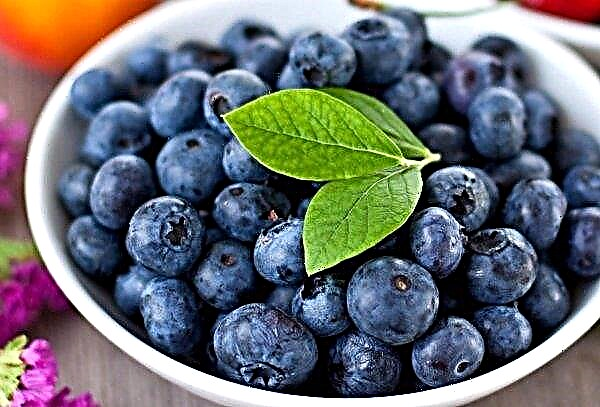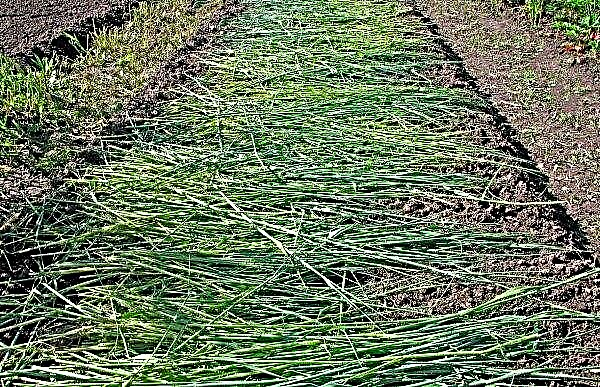Boletus is a mushroom that is hard to miss in the forest. He is also known under the names aspen, obabek and red-headed. The name is due to the fact that the mycelium "binds" to aspen, under which, most often, the mentioned mushroom is found.
General characteristics
Before you start a “silent hunt” for boletus, you need to know its description and appearance.
You can recognize it in the forest by the following features:
- The mushroom cap is in the form of a hemisphere, with a diameter of up to 30 cm. At an early age, it is firmly pressed to the leg, but as it grows, it begins to take the form of a pillow. The skin is dry and velvety, has a remarkable bright color - from red to red.
- There is a characteristic porous layer. It is white, yellowish and even brown.
- The red-headed pulp is dense and fleshy.
- Leg - high, can grow up to 25 cm, noticeably thickened below. On the surface of the legs, you can see the protruding flakes of dark brown or black.
- For the mushrooms of the described species, it is characteristic to change color at the place of the cut. This place turns blue, and then gradually blackens.

Redheads can be found in the forest both in groups and alone. They prefer shady thickets, moss, thick grasses and damp, warm weather, they are found in small quantities on open edges.
There are several types of boletus, depending on the time of their appearance:
- Spikelet - appears already in early summer, from June to July. This is the earliest mushroom.
- The barn - occurs from June to September. At this time, most often, black-scaled, oak and red aspen mushrooms are found.
- Leaf fall - collected from the beginning of autumn until the first frosts. At this time, mushrooms, most often, can be found next to coniferous trees, where coniferous litter protects them from frost.
Video: Types of boletus
Types of boletus
In the world there are many varieties of boletus and almost all are edible. To distinguish between species, you need to know their features and differences.
Important! The peak productivity of all species of boletus is in September.
Blackscale
The black-scaled appearance differs from others in an orange or brick-red hat in the shape of a half circle. Usually the hat is small in size, but the leg is very high - up to 20 cm and is covered with red scales. The pulp is elastic, white, and when cut, it changes color from white to black, sometimes with a purple tint.
Spruce
The cap of this mushroom is colored brown or chestnut. The leg is dense, has a cylindrical shape, covered with a pattern of brown scales. Gray spots can be seen at the fracture site. Representatives of the spruce species grow in families, therefore, having cut one, it is better to look around. You can find them from July to October in coniferous and mixed forests.
Oak
Red-headed oak is very similar to a common brownbird and most often grows in oak plantings. The diameter of the dark brown hat with an orange tint is up to 15 cm. The leg is high, with brown scales. The oak species is harvested from June until the start of stable frosts.
Pine
The pine redhead has a brown, velvet hat with a raspberry tint. Often "settles" near a pine or aspen. Small scales appear on the leg. Often the pine species is confused with red. It is found in coniferous forests with a temperate climate.

Painted legged
The mentioned mushroom is very distinguished from other species. It has a pinkish, convex hat, and a leg with characteristic pink or red scales. This species is common red-headed in Asia and eastern North America. It can appear already in late May and bring crops before the beginning of autumn. Often mushroom pickers come across wormy specimens, since, for unknown reasons, insects love this species very much.

Yellow brown
Yellow-brown boletus grows near birches, but can be found in mixed forests and pine forests in temperate climates. The fruit body has a hat up to 25 cm in diameter and a stable, long leg. The hat has an orange-brown go yellow-brown hue. The peel on the hat may have jagged edges and “slide”. Upon deformation, the pulp changes color first to pink, and then turns blue or green. The fungus is found from June to the end of autumn, mostly solitary growing.
White
White boletus prefers to appear in coniferous forests during rains, and in periods of heat and drought - in aspen forest belts. The mushroom differs from other species in that the hat of the young specimen is white in color, and as it grows older it acquires a brownish-gray hue.
The pulp is dense and strong, blackens at the cut. This species can be found, very rarely, in Siberia, the environs of St. Petersburg and Moscow from the beginning of summer to September. Due to the fact that there are few representatives of the variety, they are listed in the Red Book of Russia.
Red
Red boletus is very common due to the fact that it is not tied to a mycorrhizal partner. It adapts well near any trees in the forest, especially to oak, birch and beech. It has a red hat with a diameter of up to 30 cm and a dense, scaly leg. The peel on the hat is smooth and dry. Such a mushroom can be found throughout Eurasia. In Russia, it most often occurs in the Far East and the Caucasus (from June to October).
False boletus
Boletuses are considered the most “safe” mushrooms. Due to the bright color, it is difficult to confuse them with other mushrooms. Mushroom pickers are often interested in knowing which mushroom can be confused with the redhead and whether it has doubles. It does not exist in the nature of the poisonous poisonous boletus. Sometimes inexperienced mushroom pickers confuse it with a bile fungus, also called a mustard.
 Gorchak differs from boletus with a bitter taste and a brown net on the leg, and the place of the second cut is sure to turn blue.
Gorchak differs from boletus with a bitter taste and a brown net on the leg, and the place of the second cut is sure to turn blue.
Beneficial features
In addition to the bright, attractive appearance, the boletus has a wonderful taste. A variety of delicious dishes are prepared from them: sauces, soups, marinades and preserves. Mushrooms are very nutritious, even after drying.
In addition to nutritional value, redheads are known for unique beneficial properties. They include vitamins PP, A and C, which the body needs for calcium, magnesium and iron. Mushrooms are rich in protein - in one kilogram of dried boletus, more protein than in one kilogram of beef.
Mushrooms are useful for preventing the occurrence of various infectious diseases and strengthening general immunity.Boletus is not only very beautiful, but also incredibly healthy mushrooms. It is important to collect only “familiar” species in order to avoid unpleasant situations. Mushrooms are heavy foods, but their moderate use will bring only benefits to the body.

